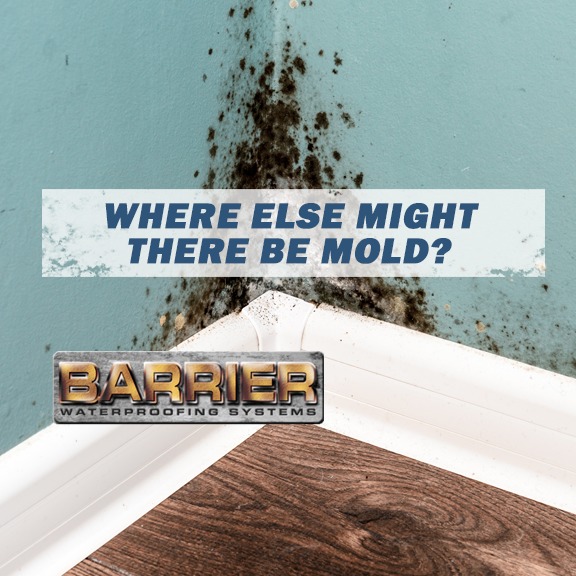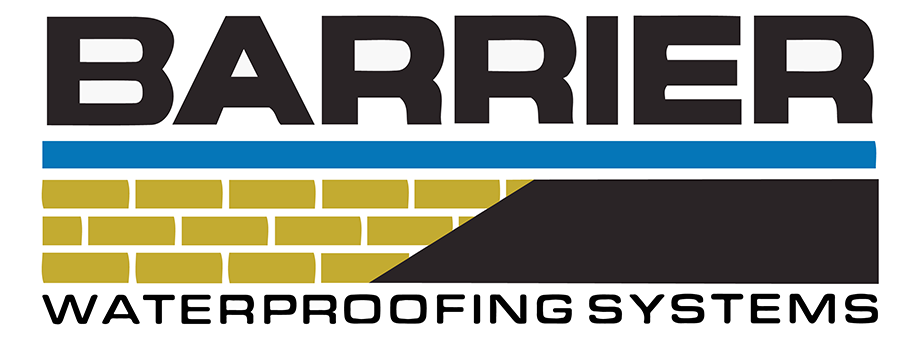Mold, those teeny tiny forms of fungi that are found naturally in the environment, can sometimes rear their nasty head in your home. Maybe you have an inkling that there is house mold because you smell a strange odor or have “allergies” that have newly arisen: where should you look?
The first place we recommend is the crawl space, especially if it has not yet been encapsulated. Crawl spaces that have not been encapsulated can release damp air up into your home. The air might already have mold in it that is growing underneath your floors.
If your crawl space has been encapsulated already, and the job was done correctly, then chances are any mold is coming from somewhere else. Moisture intrusion in your home is the cause. These places, along with some other clues, might help you find those fuzzy little devils.
What Mold Needs to Grow
Knowing what mold needs to grow is important when looking for places in your home that potentially have house mold. You need to be like a detective, solvin’ that mystery! Mold spores move through the air to find a new residence and reproduce.
Food
When they find a damp spot they grow, BUT they also need a food source. These are oftentimes a cloth, dirty rag, wallboard, insulation, or just about anything! You get the picture.
Water
Moisture is a huge factor when determining where mold might be growing. Places with leaking water, discarded materials that have not properly dried, and any other moist surfaces can grow mold rapidly within 24-48 hours
Now that we know what they like to eat and that they love moisture, where might house mold be growing in your home?
1. Behind common appliances: From refrigerators to washing machines, these appliances have the ability to retain moisture. It is also possible they can off set moisture to another nearby area.
2. Beneath drywall or wallpaper: Mold is sneaky and likes to hide behind things, especially where there is trapped moisture! Also check under paneling and on the backside of wallboard.
3. On plumbing, ductwork, under sinks, and behind your toilet: These areas can experience excessive moisture, especially where homes reside in high humidity. These areas also have a high chance of leaking or springing a sneaky leak in a low enough amount of leakage to go undetected until it’s too late.
4. Around boilers and water heaters: Again with the leaking, and high humidity makes for a great place to grow mold.
5. That toothbrush holder: As water drips from the toothbrush, it collects in the bottom of the toothbrush holder.
6. On/In floor mats: Daily use of these items will trap moisture and is a great environment to grow mold. Giving your rug and mats a chance to dry will inhibit their growth.
7. Wall-to-wall carpeting: A spill or a leak will get those spores multiplying quickly. It’s a good idea to dry the area that was spilled on thoroughly to prevent mold growth, should there be spills or leaks.
So there you have it, anywhere there is moisture as well as a warm dark place with a good food source will grow mold! We’ve given you some common places you might find it, as well as things mold utilizes to grow and reproduce.
If you have reason to believe your house mold problem is coming from your crawl space, and need to schedule an encapsulation in the Nashville area, give Barrier Waterproofing Systems a call at (615) 257-1060 | (931) 536-1168 and we will be happy to help!

